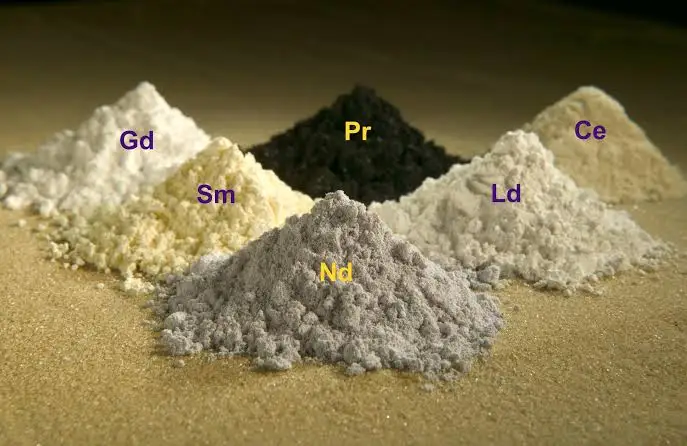
Introduction
Rare earth elements are the unsung heroes of modern technology. These 17 metallic elements are indispensable for everything from your smartphone to advanced military hardware like fighter jets and missiles. For years, China held a near-monopoly on the global supply of these critical materials, a position it attempted to leverage as a geopolitical weapon. However,, this strategy has not only failed but has also significantly weakened China’s position in the global market.
The Power of Rare Earths
Rare earth elements are not as “rare” as their name suggests; they are found in small, scattered deposits across the globe. The real challenge lies in their extraction and purification, a process that is both difficult and expensive. For a long time, China dominated this sector, controlling over 70% of the world’s supply due to its vast reserves, cheap labor, and strong government support for the industry.
China’s Strategic Misstep
Believing its monopoly was unassailable, China began to use rare earth elements as a tool of foreign policy. The topic highlights a key example: the restriction of exports of gallium and germanium to countries like the U.S., Europe, and Japan. The intent was clear—to stifle technological progress in rival nations and bolster its own domestic tech industry.
The Unintended Consequences
Instead of crippling other economies, China’s aggressive move had the opposite effect. It served as a wake-up call for the world. Nations that had become dependent on China’s supply chain began to invest heavily in developing their own sources and refining capabilities.
- The U.S., Australia, and India initiated plans to secure their own rare earth supply chains.
- Japan, a country particularly vulnerable to China’s restrictions, developed alternative systems and technologies.
- India established KABIL (Khanij Bidesh India Limited) to invest in rare earth projects globally.
This collective response led to a significant decline in China’s market share. China’s rare earth export business has plummeted by 35%, marking a major economic failure and a defeat for its aggressive foreign policy.
India’s Opportunity
China’s actions presented a unique opportunity for India. With its own reserves, accounting for 3% of the global total in states like Odisha, Kerala, and Andhra Pradesh, India is well-positioned to become a key player. The Indian government has already taken proactive steps by establishing KABIL and encouraging private sector investment from companies like Tata and Vedanta. Furthermore, India has entered into technical cooperation agreements with countries like Australia, Japan, and the U.S. to enhance its refining and production capabilities.
Conclusion
China’s attempt to use its rare earth dominance for coercion has ultimately backfired. By pushing the world to seek alternatives, it has not only lost market share but has also eroded trust, forcing other nations to build independent, resilient supply chains. This failure has put pressure on China’s leadership and has opened the door for countries like India to rise as new leaders in the rare earth sector.